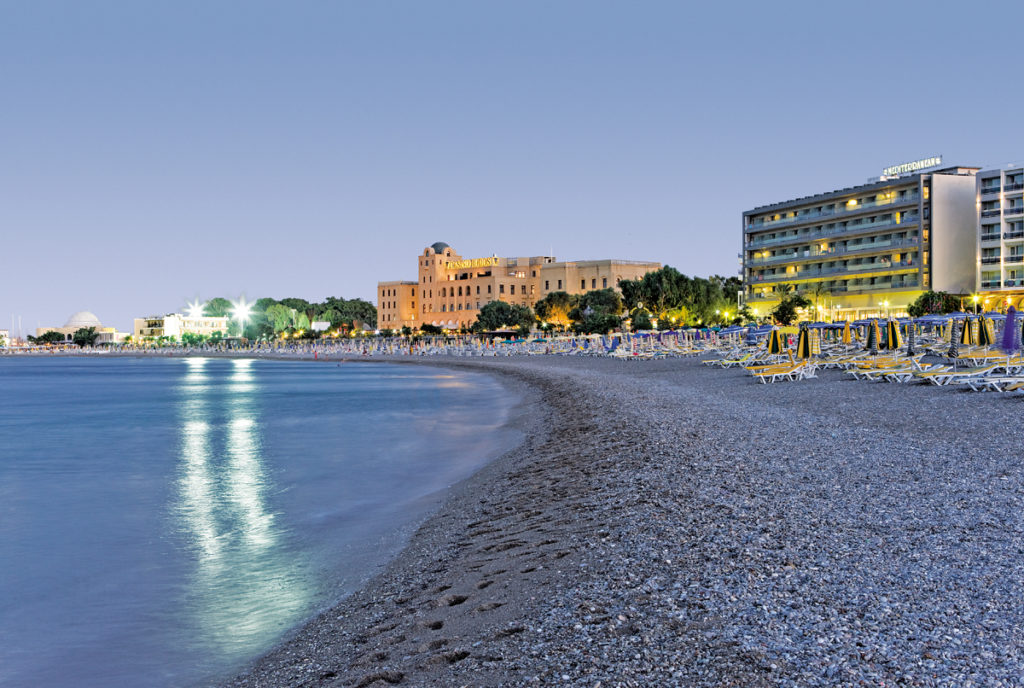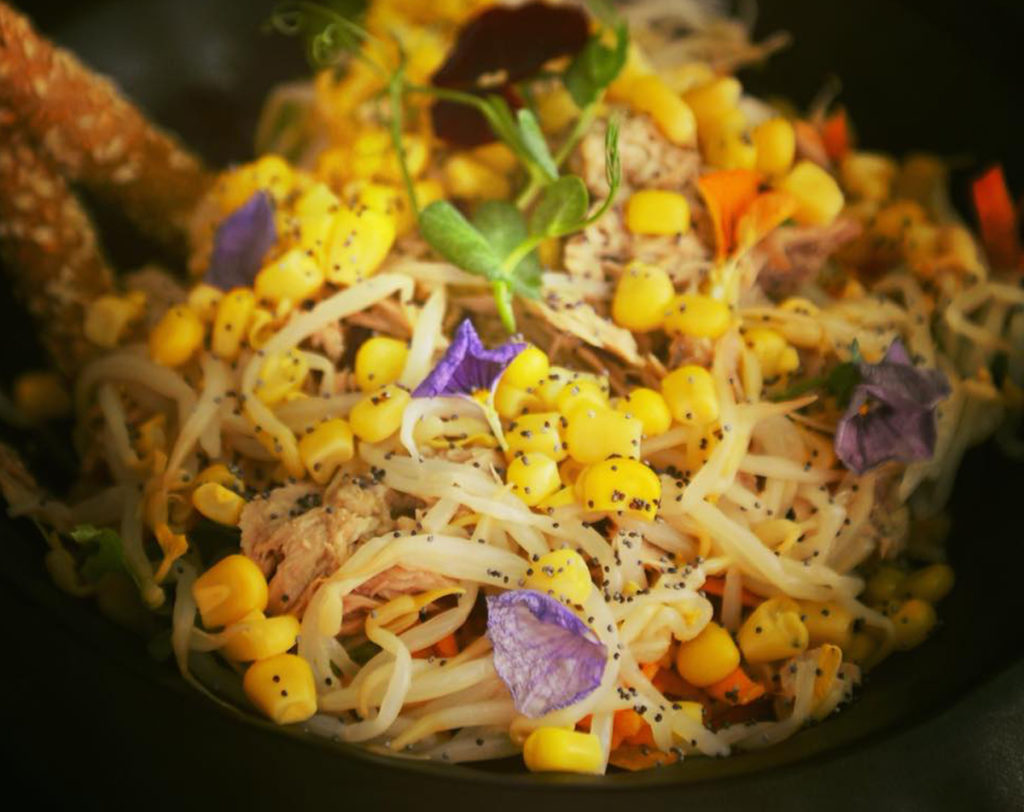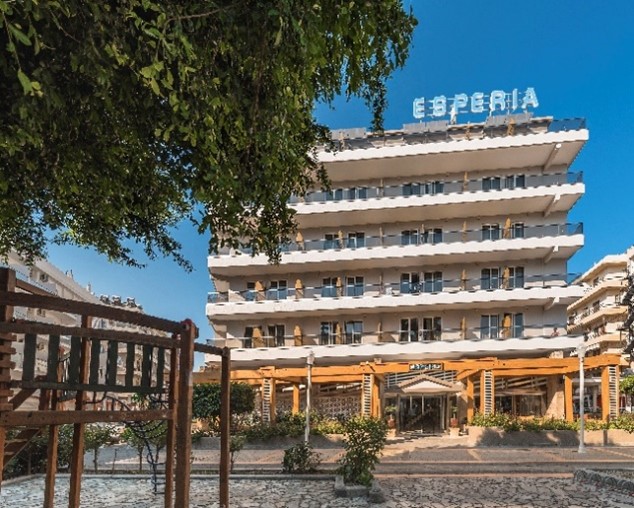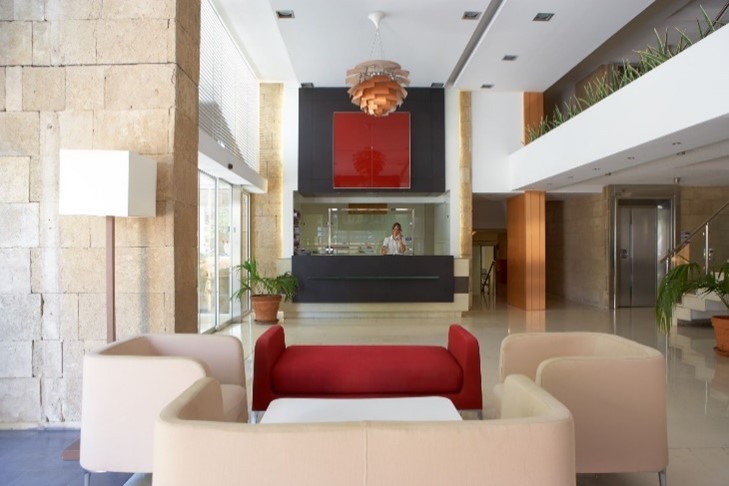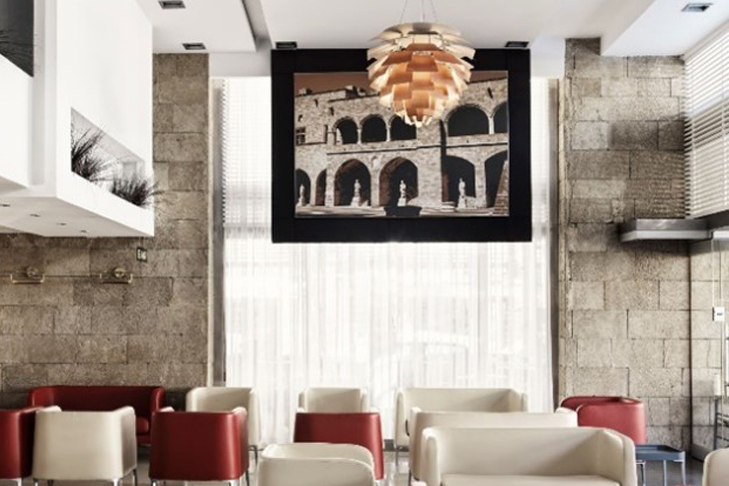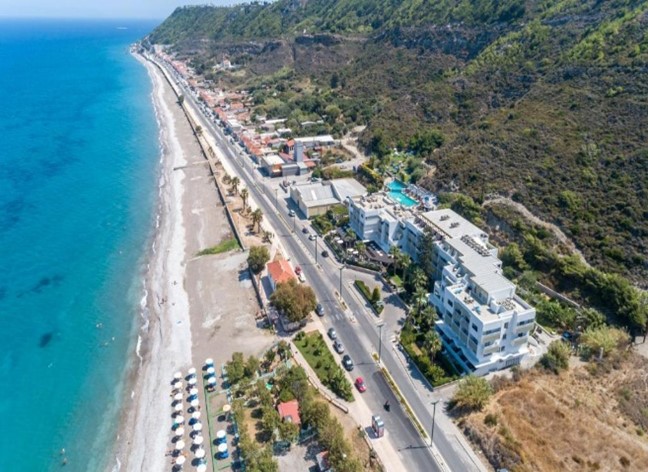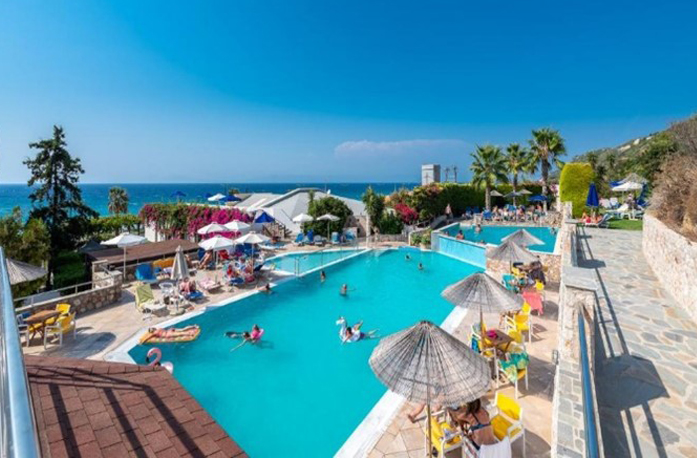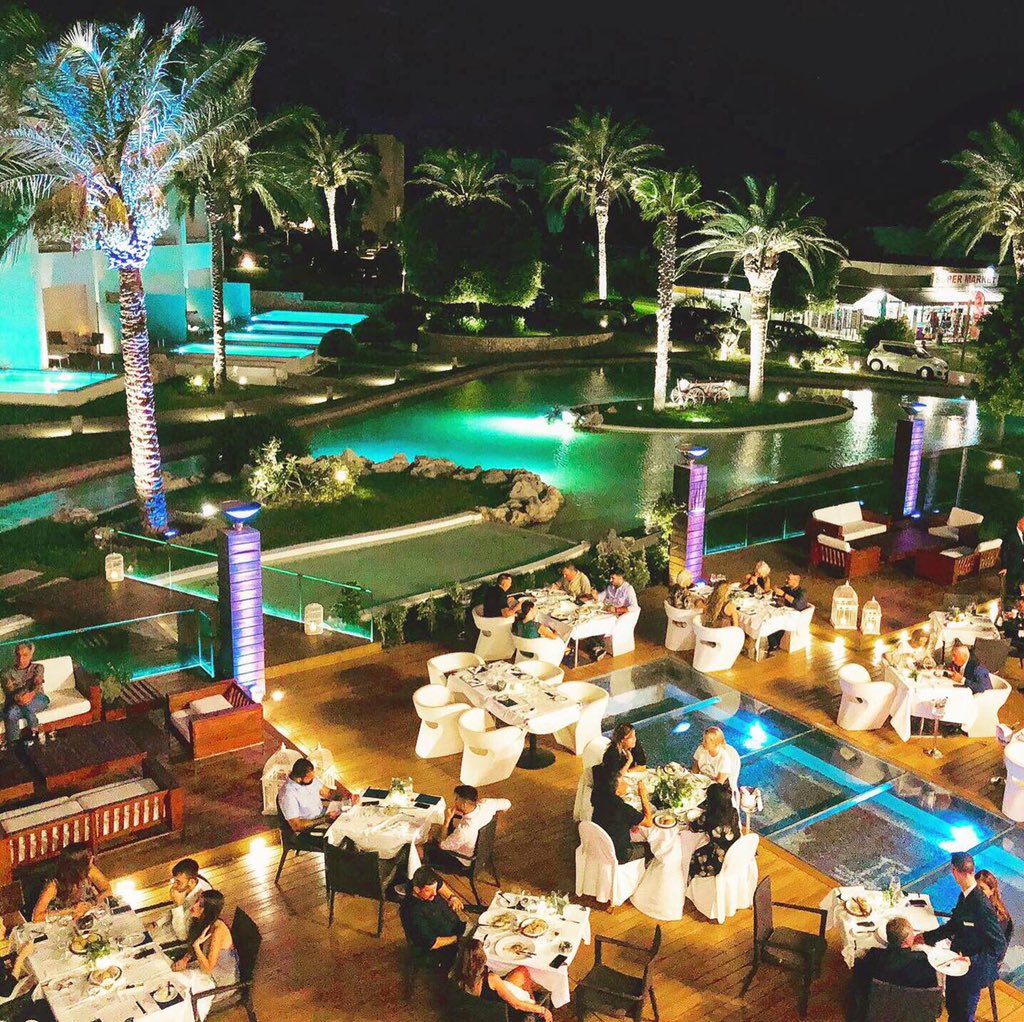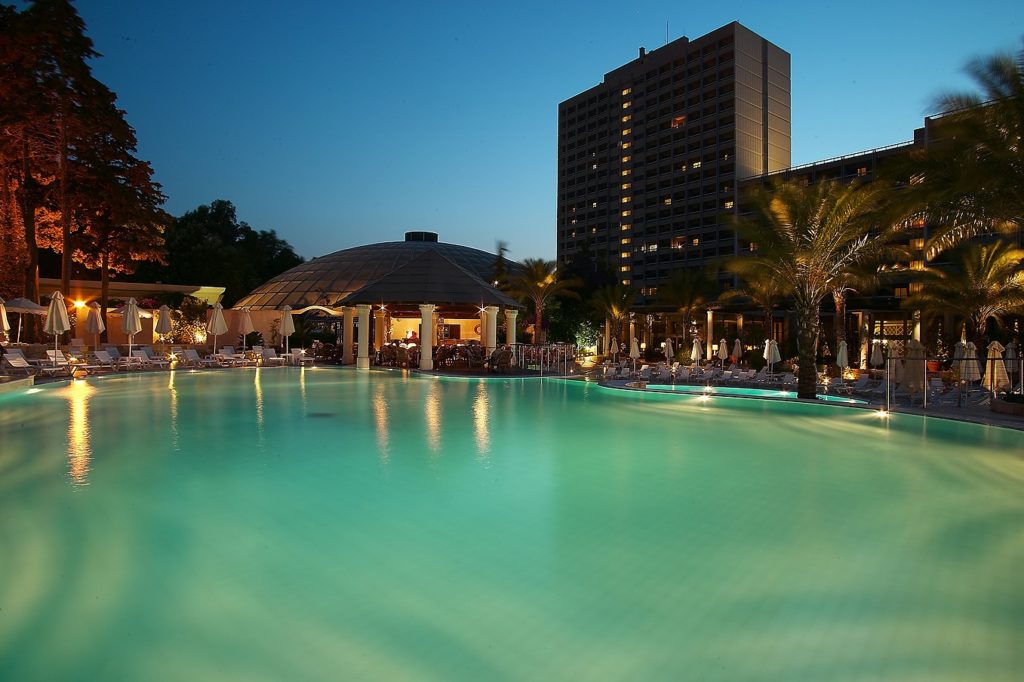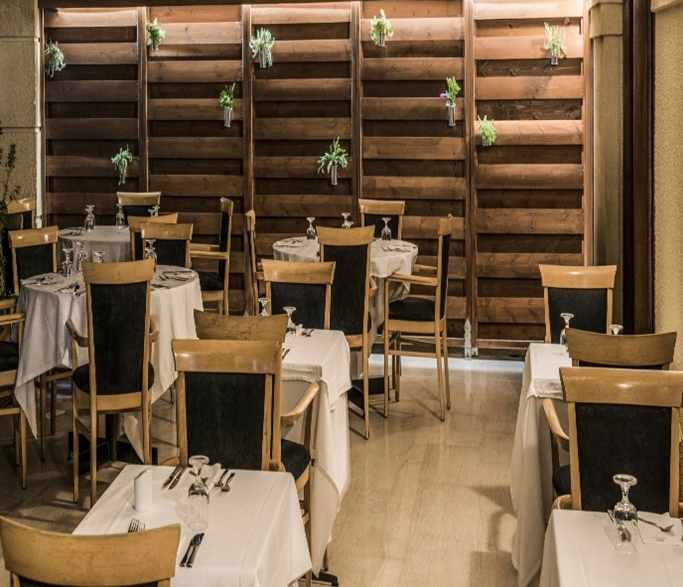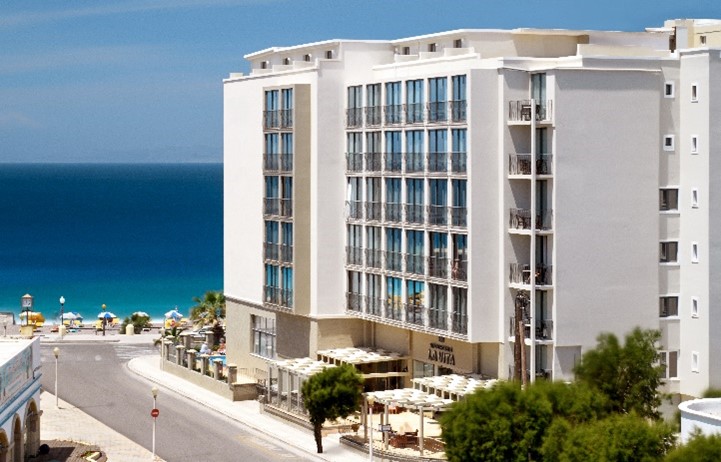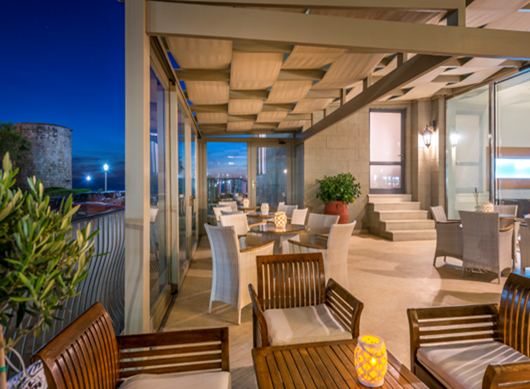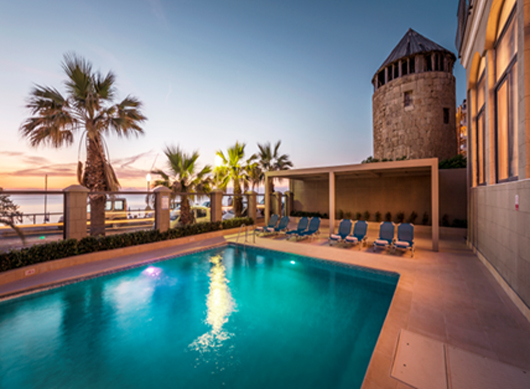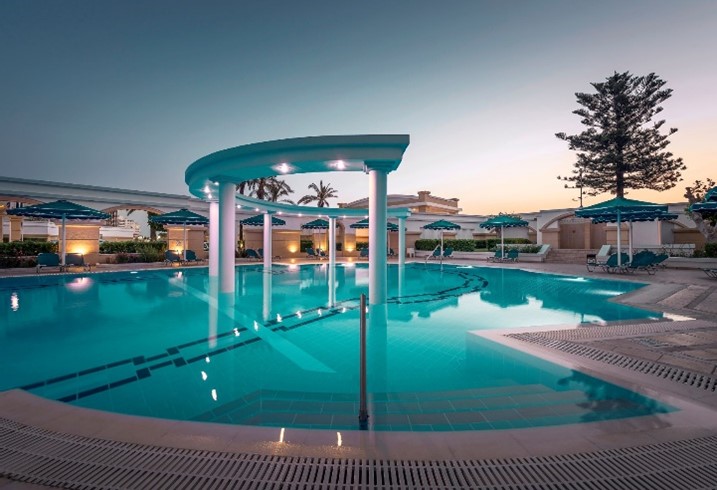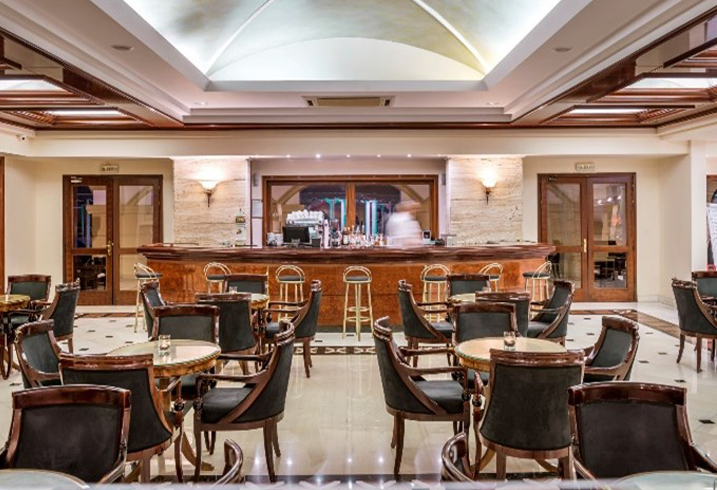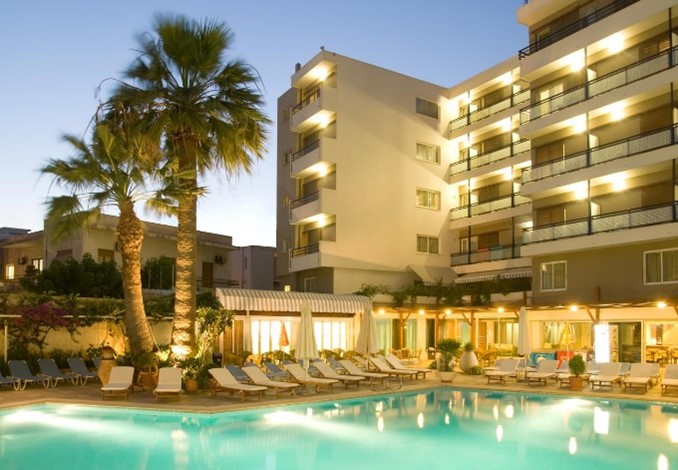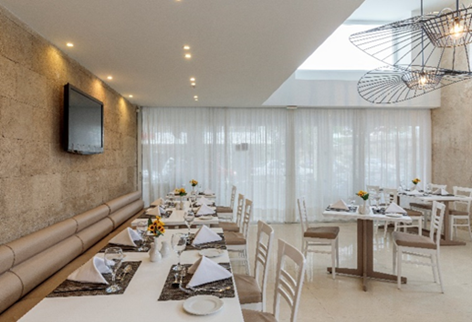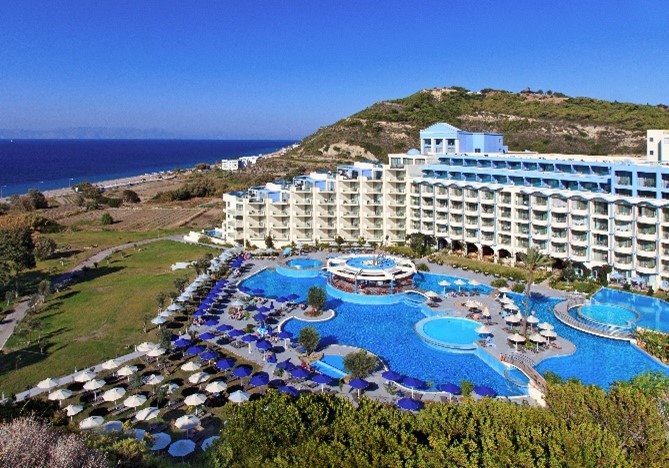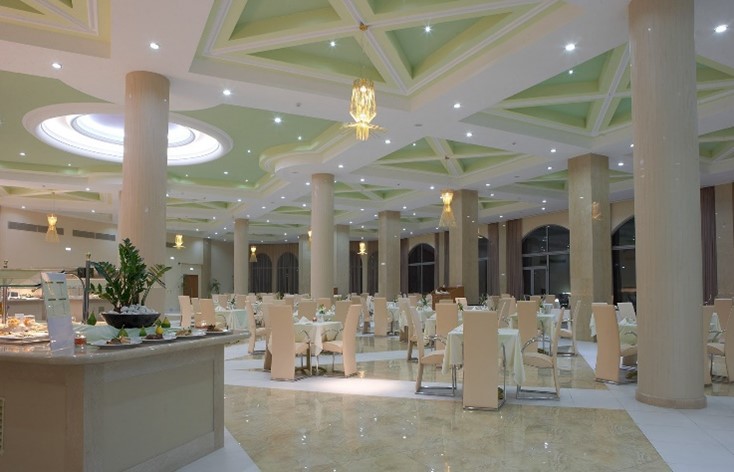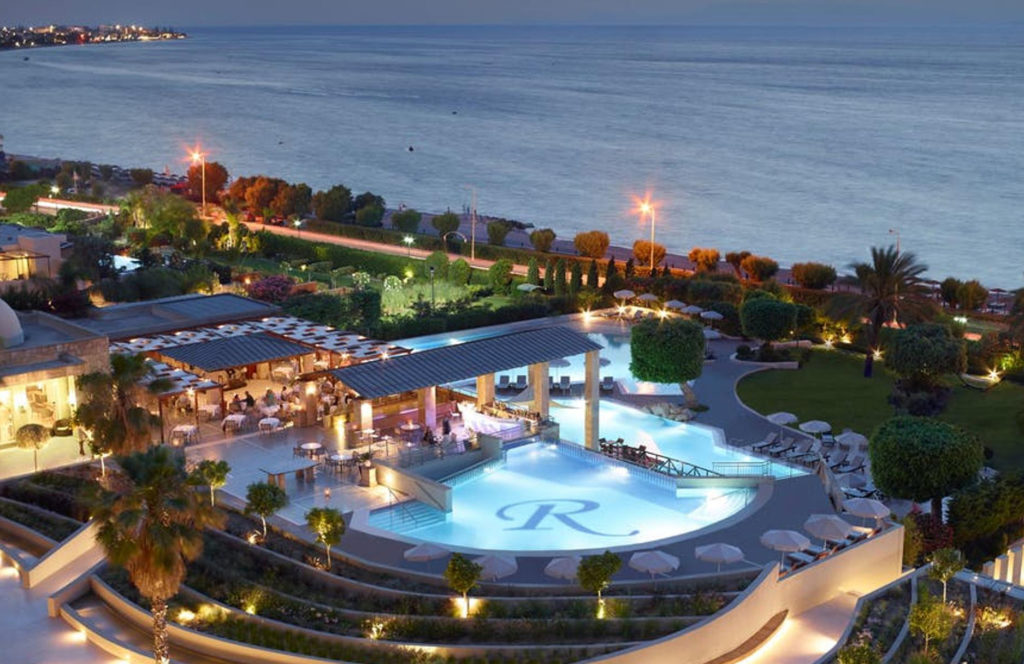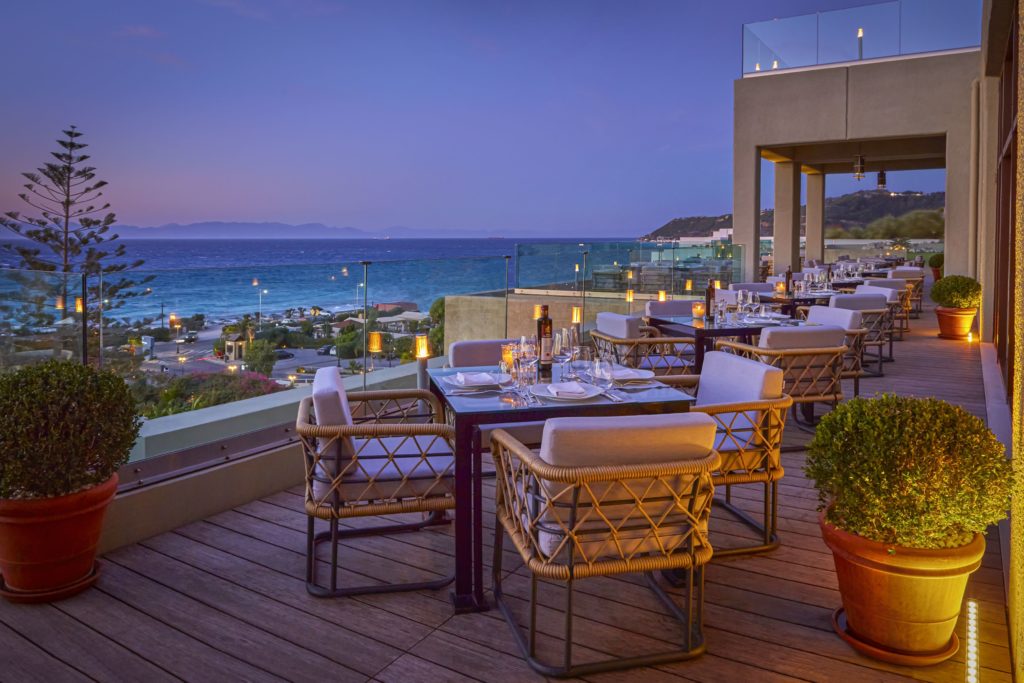Wines of Rhodes
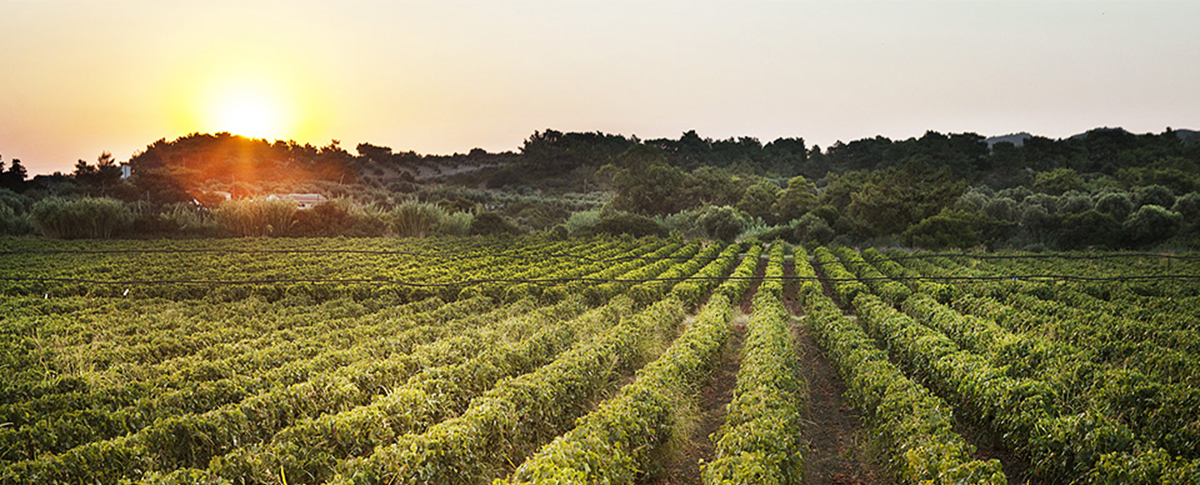
Strategically positioned between East and West, Rhodes was one of the first Greek islands to engage in the cultivation of grapes. A plethora of archaeological finds and historical proof attests to the importance of Rhodian amphorae in transporting wine from the island and tells us that these were distinguished from others by an engraving of a rose (“rodo” in Greek) or of Helios, the sun god. This was a form of branding, confirming that the wine was made from Rhodian grapes, and a precursor of the Appellation of Origin system that was established many centuries later in Europe.
Helped by its strong maritime presence, Rhodes was the biggest wine exporter in the region as far back as the 7th c. BC. The first written reference we have for Rhodian wine comes from the great Attic orator Aeschines, a rival of Demosthenes, who was exiled to Rhodes in 330 BC. In a letter, he says that he stayed in a small house with a garden in the area of Kamiros and that his friends treated him to olive oil, honey and a wonderful wine that was far superior to that of Athens.
Mt Attavyros, 1215m high, is at the center of Rhodes’ grape-growing heartland, a beautiful, Natura 2000-protected area, with verdant valleys, pine forests and a cypress forest in Embonas that is a designated natural monument. The best vines grow at an altitude of 650-700 meters. The vineyards are low-yield and are exposed to the Aegean’s strong northerly winds that moderate the high temperatures and provide a favorable climate for high-quality grapes.
The island’s wineries produce savoury local wines keeping their long lasting tradition that dates back to antiquity. The wineries produce excellent wine and have been internationally awarded.
The island’s main varieties are Athiri and Amorgiano (or Mandilaria), together with two Muscats (Trani and Asyrtiko), the petits grains (“small-berried”) and the Di Trani, a clone of Muscat introduced by the Italians from Puglia. In the limestone-rich soil of Attavyros, there are Athiri vines over 70 years old, growing from their own roots rather than from American – resistant to phylloxera – rootstocks, as the spread of this pest in the Dodecanese stopped at Kos and never reached Rhodes. The wines made from the old Athiri vines are like a completely different variety; they stand the passage of time well, acquiring a more concentrated and layered character. Five years in the bottle often transforms them into smoky wines with an impressive mineral presence.
Rhodes has two Protected Designation of Origin (PDO) wines. PDO Rhodes refers to white wines (with a minimum of 70 percent Athiri blended with Malagousia and Assyrtiko), rosés and reds (70 percent Mandilaria minimum with Mavrothiriko), while it has also included sparkling wines since 2011.


